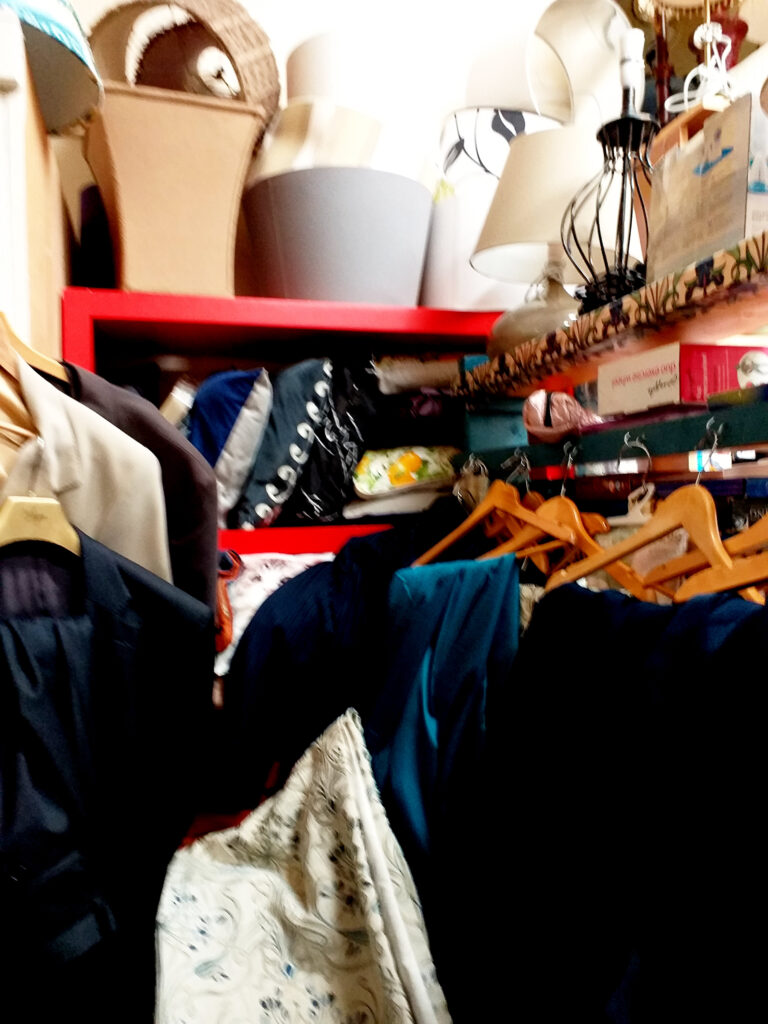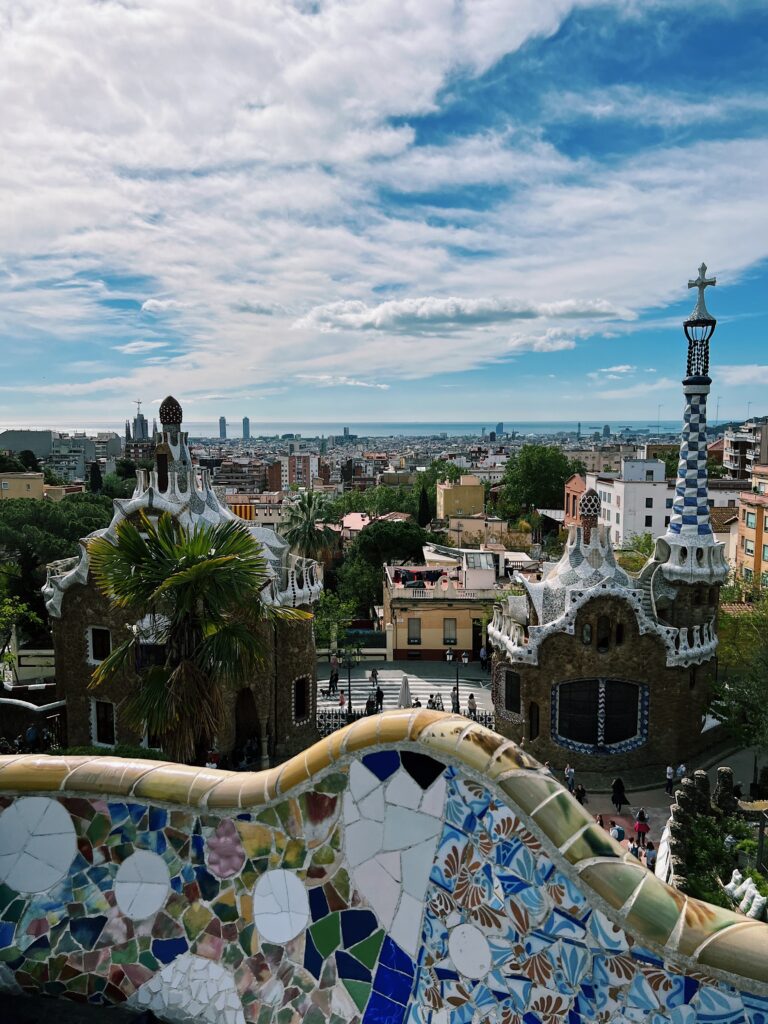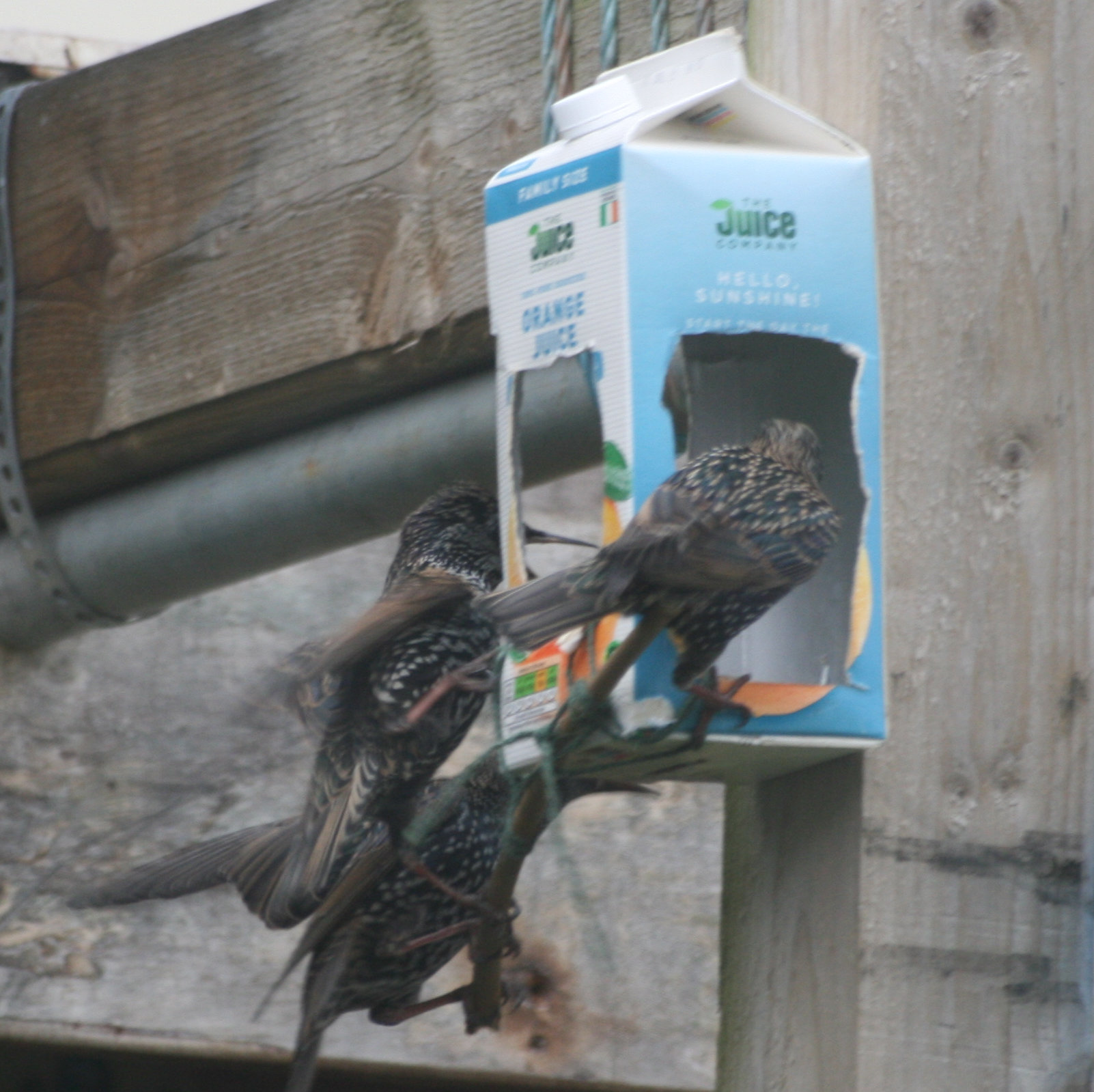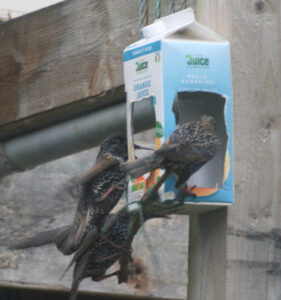There is only one planet Earth, yet global consumption of materials such as biomass, fossil fuels, metals and minerals is going up and annual waste generation is projected to increase by 70% by 2050.1
Half of total greenhouse gas emissions and more than 90% of biodiversity loss and water stress come from resource extraction and processing, so the European Green Deal has launched a strategy for a climate-neutral, resource-efficient and competitive economy- the EU Circular Economy Package. The circular economy recognizes the importance of providing high-quality, functional and safe products, which are efficient and affordable, last longer and are designed for reuse, repair, and high-quality recycling. 2
Extending product longevity includes repair and reuse of products so that products reach their optimum lifespan. This is preferable to recycling or disposal, as this is the least energy intensive solution.
Reuse is ‘the action or practice of using an item, whether for its original purpose (conventional reuse) or to fulfill a different function (creative reuse or repurposing). It should be distinguished from recycling, which is the breaking down of used items to make raw materials for the manufacture of new products.’3
Here are some ways you can support the Re-use of products:
- If you really have to buy something, buy second hand clothes and products at charity shops or car boot sales on online.
- Always take a reusable water bottles and coffee cups with you to help cut down the one off plastics from water bottles and takeaway coffees
- Reusable shopping bags are an other essential item to keep in your bag, eliminating the need for plastic ones. You can make these yourself from old t shirts, clothing or curtains(repurposing).
- Use straws made out of rubber, stainless steal or cardboard
- Buy rechargeable batteries – they are slightly more expensive but far more convenient as you can keep reusing them, and they’re kinder to the planet
- Newspaper can be used for cleaning windows, packing material, to make pinch pots for seedlings
- Butter wrappers can be kept in the fridge folded and be used to grease baking trays
- Paper bags can often be used again to carry things or ripen fruit

- Wrapping paper can be reused
- Cards can be made into new cards
- Milk cartons can be made into bird feeders
- Plastic bottles can become mini glass houses
- Broken plates can be used in mosaics
- Chipped teacups can be used to make into candles or birdfeeders
- Old clothing can be made into reusable shopping bags, cushion covers and draught excluders, to name but a couple
- Use old jars for jam or as storage for herbs and pulses
- Newspaper can be used for cleaning windows, protecting surfaces when painting; packing material; making paper mache
- Vegetable food scraps and cardboard can be used to make compost
- Used dish sponges can be washed and saved to use again for other dirtier cleaning jobs
- Plastic sandwich and shopping bags can be reused over and over again
- Old curtains make great dustsheets for painting
- Material from broken umbrellas can be used to make bags or outdoor seat covers

Photo courtesy of Michael-Giugliano at pexels.com
References


